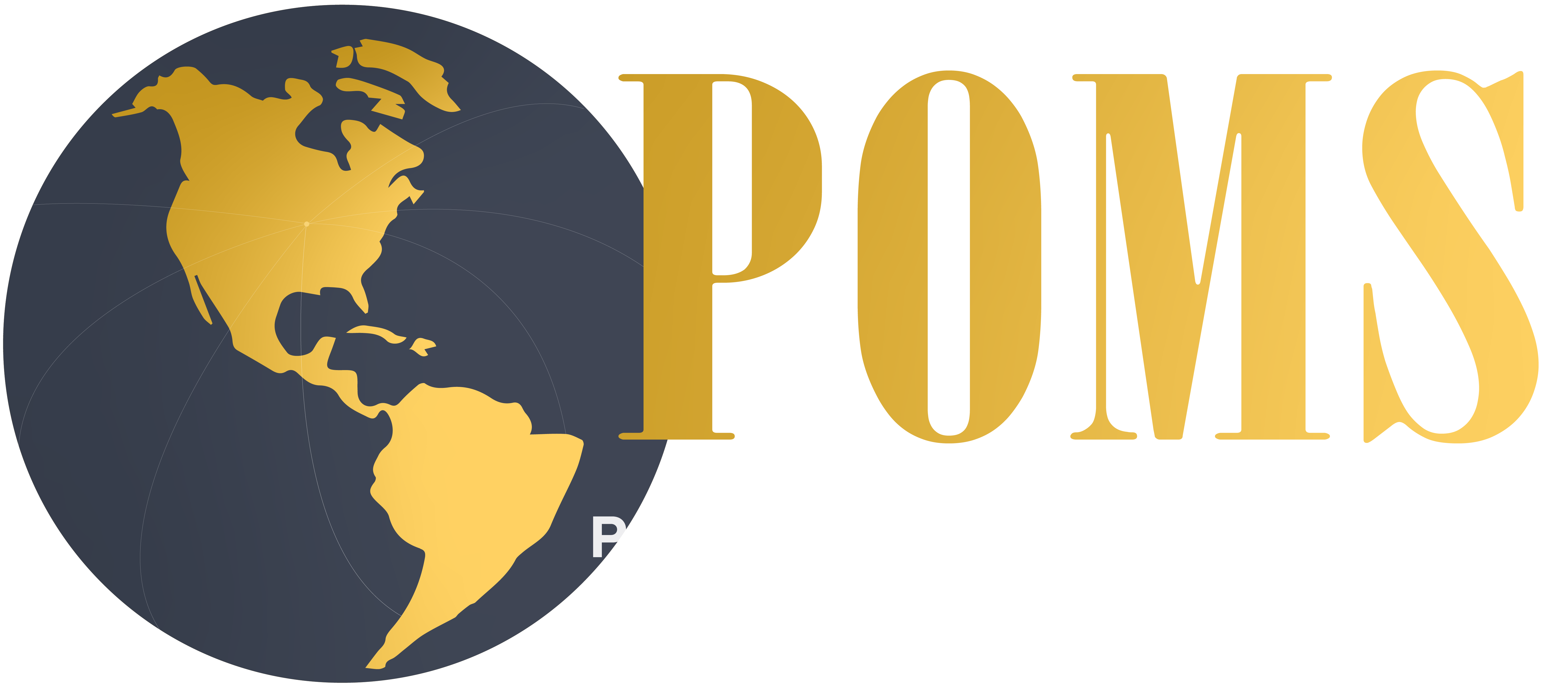POMS Practitioner Forum / UCLA Global Supply Chain Blog
Mattel’s Executive Vice President Thomas Debrowski shares his insights about “global supply chain in the toy industryâ€
Interview conducted by Christopher Tang
Sept. 1, 2012
Being the largest toy company in the world (in terms of revenue) that represents many great brands ranging from Barbie, Fisher Price to Hot wheels, Mattel Inc. is committed to produce toys that are safe, affordable and fun. However, recent concerns over China’s rising costs, harsh working conditions, and product adulteration, I think this can be a challenge for Mattel. To learn more about this, I asked Executive Vice President Thomas Debrowski the following questions.
1. Along with the economic decline in Europe and US, China’s economy is slowing down as well. What is Mattel’s strategy to sustain its profitable growth?
Compared to some other sectors, the toy industry tends to be somewhat recession resilient and proved that in the latest economic downturn. Parents and grandparents will likely sacrifice in order to provide what children want – specifically during the holidays. In addition, toys are at a fairly low price point. And despite a rough economy, the toy industry in Europe actually grew last year. Mattel’s global business is comprised of not only a portfolio of brands, but also of a portfolio of countries and customers, all of which allow Mattel to diversify risk.
To sustain profitable growth moving forward, Mattel will continue to focus on four growth strategies in a disciplined way: grow the core, develop new franchises, and partner with the best entertainment brand, as well as grow and leverage international scale.
2. As China’s manufacturing cost is rising over 10% every year for the last 5 years and as the shipping cost is rocketing, what is Mattel doing to keep the total cost at bay?
Fortunately -- or unfortunately, every manufacturer (not just toys) is in the same predicament of an inflationary environment, so Mattel isn’t alone in trying to manage margins. While it’s certainly true that costs in China are increasing, they still do remain the most competitive for manufacturing so we continually look for other ways to maintain cost efficiencies throughout our design and production. For every product, we look at a bucket of various costs – from raw materials and labor to logistics. The first step is about designing a fun, affordable and profitable toy, then manufacturing it and getting it to market. Manufacturing is just one part of that equation. In addition, about 70 percent of Mattel’s toy line is new each and every year, because, let’s face it, kids are very trend driven. Therefore, we have the ongoing ability to design new toys that either improve the value, allowing a price increase, or allow us to reduce the cost.
3. Many western companies outsource their manufacturing operations to their contract manufacturers, but Mattel uses a “hybrid†model: produces its “core†products in-house and outsources its “non-core†products. What is the benefit of this “hybrid†strategy?
While the majority of toymakers outsource manufacturing to vendors, we have a strategic advantage since we make about 50 percent of our toys in our own factories. We can make our factories extremely efficient when we build a lot of the same things (like fashion dolls and die-cast cars), and we can innovate with proprietary manufacturing processes that give us an additional cost advantage. This expertise in manufacturing our own products gives us an additional advantage when we go out and negotiate with third-party vendors who make the other half of our volume.
4. With so much focus on green and sustainability today, what is Mattel – a company that makes primarily plastic products – doing to meet these demands?
We organize our sustainability efforts around a platform of “Design It, Make It, Live It. “Design it with the end in mind†focuses on our products and packaging where we are reducing packaging size, evaluating and implementing alternative materials, such as sugar cane fiber in packaging and conducting a Life Cycle Assessment. “Make it with eco-efficiencies†concentrates on our operations; in fact, we have completed more than 20 resource expeditions to date across our operations base and identified hundreds of initiatives to conserve resources, reduce cost and engage employees. Our manufacturing plants continue to implement innovative processes and technologies to attain eco-efficiencies. “Live it with personal commitment†is our effort to engage employees to build awareness and foster a community of sustainable practices -- both at the workplace and at home.
These efforts have been quite successful at Mattel and we look forward to sharing more publicly with the launch of our forth Global Citizenship Report later this fall.
5. What are the challenges of marketing toys outside the U.S. in such countries as Brazil?
Brazil is a shining star in our country portfolio. However, it wasn't always this way. Our business was small and challenged from a profit and scale standpoint. We made a number of changes to our business plans to bring discipline to our relationships throughout the supply chain. Although we faced many short-term challenges, our patience for the long-term paid off. We also invested wisely in our core brands, such as Barbie, Hot Wheels and Fisher-Price, to create brand equity and a strong consumer franchise. Finally, we were consistent in our execution of these strategies over time. The results have been very impressive. Today, Mattel is the No. 1 toy company in Brazil, Brazil is now our second largest country outside the U.S. and Brazil has strong momentum across our brand portfolio. As for the future, and as we say in Brazil: the next Brazil is Brazil!
We know how to grow businesses around the globe, and we are making investments for the long term, by adhering to four core principles:
- Build on lessons learned from our in-market experience;
- Hold true to a longer-term investment horizon;
- Continue to invest in our brands to establish them as the premier brands in the market; and
- Work to build our local market knowledge.
This process works for us and the result is a global footprint that provides us with a strategic competitive advantage. We are excited about the opportunities we have to continue to build our presence in emerging markets.
6. As children become more familiar with electronic gadgets such as iPad, do you think the toy industry is going to shift toward electronic games?
This is a very interesting discussion point because about 12 years ago, some speculated that the toy industry as we know it would disappear because video games were going to completely take over. Today, the global toy industry is actually is 22 percent larger than it was in 2000. And the video game industry has literally matured with a much older user demographic, with the average age gamer being 37, and almost 30 percent of all gamers being over age 50 (according to the Entertainment Software Association).
The bottom line is that play is important throughout our lives, but it is crucial to a child’s development. Play helps to develop cognitive, physical and social skills, as well as the imagination – all the things parents want to see in their kids.
The digital wave is just beginning to build and we believe that there are exciting opportunities ahead with the convergence of technology and toys. In essence, we believe the digital space will create a new play pattern where our brands can continue to flourish. We are launching a whole line of toys under our “Apptivity†name that uses the digital space. The new digital wave has created a new business opportunity for us in licensing intellectual property such as the SCRABBLE and ANGRY BIRDS trademarks for use on both digital and physical games.
We know that the toy aisle will grow when there is true innovation. And for almost 70 years, innovation has been a key component to Mattel’s success. Innovation will be at the heart of our business as we continue to “create the future of play.â€

